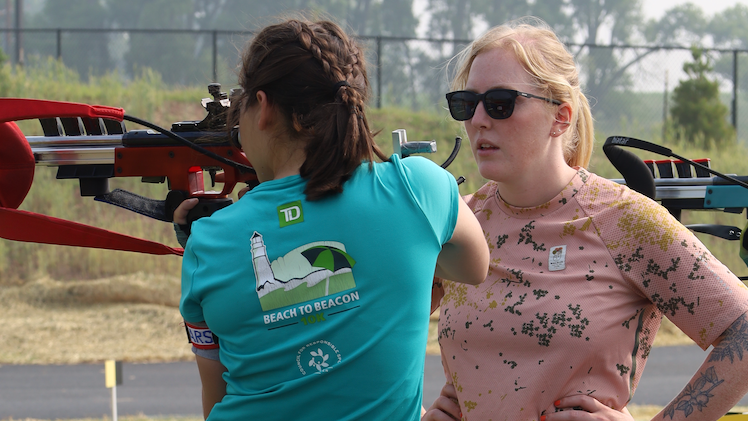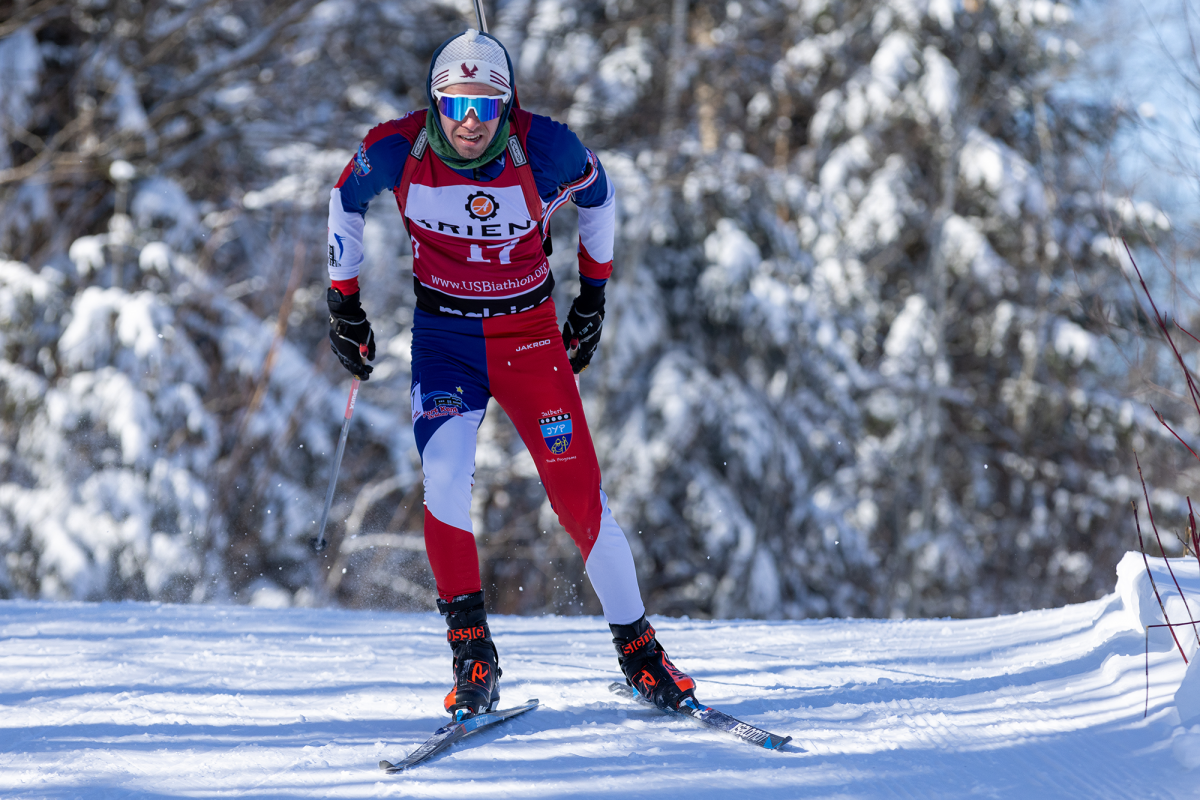
Tuesday’s individual races in Osrblie, Slovakia, left the U.S. team at Under-26 Open European Championships one chance to grab the results they’d been hoping for all week.
So could they do it?
“The individual was another decent race, but not what I wanted,” Russell Currier told FasterSkier in an e-mail. “I’m a little disappointed, but there’s still plenty of room for hope left in the season.”
Currier finished 21st in the 20 k, four-stage race, his best result of the week. But he was still left wanting more. It’s his third time competing at the European Championships, and Currier had set big goals for himself: a top-six finish.
Given that a few weeks ago he placed that high on the World Cup race, it didn’t seem like an unattainable goal. But Currier said that his plan had actually come before his breakthrough race in Nove Mesto, Czech Republic, and that he hadn’t changed his attitude much since notching that top-ten.
“My expectations were never any different after the World Cup in Nove Mesto,” he said. “That was just one very good race for me. The goal was a top six for [U26’s] this year. I didn’t make that goal, but I never had a melt down race either.”
That attitude could pretty much sum up how the American team felt about their last day of senior competition (junior Casey Smith still has his individual race yet to come, on Wednesday). Even Leif Nordgren, who finished 16th in the individual, wasn’t thrilled.
“The race went okay this morning, to be honest I was a little disappointed with that result,” he told FasterSkier. “Skiing wasn’t great today, and I had about one miss too many.”
The top two finishers in the men’s race, Daniel Bohm of Germany and Artem Pryma of Ukraine, hit all twenty targets on Tuesday, a definite plus given that the format penalizes each missed shot with a minute of added time rather than a short penalty loop as in the other formats. Nordgren and Currier missed three and four shots, respectively. The consensus was that it wasn’t terrible shooting, but it wasn’t great either.
In Currier’s case, he saw a four-penalty day as consistent with the improved, but still not stellar, shooting he has displayed in the last few weeks of European racing.
“Overall my shooting this week was still a step in the right direction,” he said. “Unfortunately the level on the range was just too high this year. I need to keep upping the percentages and bring down [my] range times significantly.”
But despite not meeting their goals, both men did find things to be positive about in Osrblie.
“Ski speed is just fine and the good shape doesn’t seem to be going anywhere bad anytime soon,” said Currier, who had the third-fastest course time today.
And for Nordgren, the gradual progression in results – 45th in the sprint, 21st in the pursuit, and 16th in the individual – might be a sign that he is finally coming out of a sickness-induced slump.
“I feel a lot more confident now than I did coming into these races, especially in my shooting,” he said. “There’s still a little ways to go until I’m back on track, but I’m confident I can get there with no problem. Now it’s just to be patient and stay healthy!”
The third American, Mark Johnson, did not start on Tuesday.

In the women’s 15 k individual, Hannah Dreissigacker cracked the top 30 for the first time in her second trip to these championships, placing 26th with four penalties. Her time put her six and a half minutes behind winner Anastasia Zagoruiko of Russia, who missed a single shot and won by almost a minute.
Like the men, Dreissigacker saw positives in her performance along with a few disappointments. Her main frustration was with her skiing. While she said that she “could go hard,” it didn’t get her as far as she’d hoped – a strong skier on the U.S. circuit, she was aiming for more than the 25th-fastest ski time she produced on Tuesday.
“I would have liked to have had a faster ski time today, but I know that I went hard,” she wrote in an e-mail. “The big hills definitely were getting to my legs.”
Still, Dreissigacker was pleased with her performance on the range, especially given some disastrous shooting days in NorAm races this year.
“Shooting is funny- it just has ups and downs,” she said. “And there’s a lot of factors that affect it, like confidence, so the ups and downs can be self-perpetuating too. In the ten or so days that I’ve been here, I’ve had basically my longest stretch of consecutive days shooting in the last year. It’s amazing how that helps.”
In a sense, Dreissigacker felt like she was just getting started in the last race of the series.
“With each of these races, I felt myself getting more confident with my ability to hit targets,” she wrote. “That’s a good feeling!”
The occasional biathlete, occasional skier said that the trip had provided some motivation to work on shooting more consistently when she heads back to the U.S.
“It does make me want to do more biathlon,” Dreissigacker said.
Teammate Laura Spector had more trouble on the range, in an unusual reversal of their usual positions. Spector missed seven shots and placed 36th.



